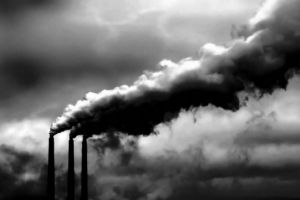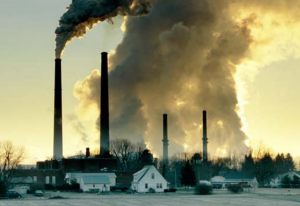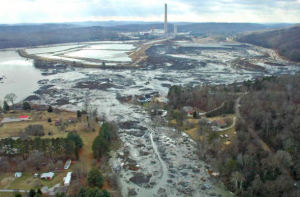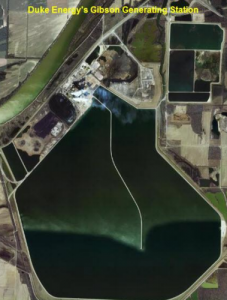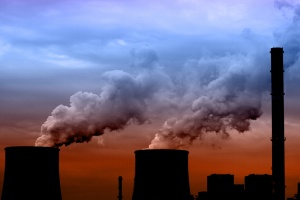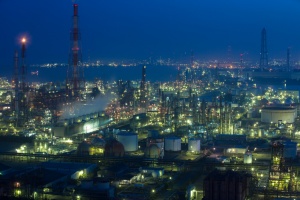Carbon dioxide emissions from power plants rose 5.56% in 2010 over the year before, the biggest annual increase since the Environmental Protection Agency began tracking emissions in 1995. Electricity generators…
Read more
This report documents the connection between coal ash and hexavalent chromium. It reviews the sources, toxicity, and known coal ash dump sites where chromium has been found in groundwater. The…
Read more
An investigation led by expert hydrogeologists has identified 39 more coal combustion waste (CCW) disposal sites in 21 states that have contaminated groundwater or surface water with toxic metals and…
Read more
The power plants that provide electricity to run our homes, businesses, and factories are also the single largest source of mercury air pollution in the United States, responsible for more…
Read more
Coal-fired power plants generate nearly 140 million tons of fly ash, scrubber sludge, and other combustion wastes every year. At 15 of the 31 sites, contamination has already migrated off…
Read more
Nearly one year ago, the Tennessee Valley Authority (TVA) made front page news when an 84-acre coal combustion waste (CCW or coal waste) impoundment at Kingston Fossil Plant spilled more…
Read more
Each year, coal-fired power plants dispose of nearly 100 million tons of toxic fly ash, bottom ash, and scrubber sludge in wet ponds and landfills. Can living next to one…
Read more
Carbon dioxide (CO2) emissions from U.S. power plants dropped 3.1 percent in 2008, tempering a steady increasing trend in recent years. In contrast to the one-year decline in emissions, power…
Read more
The massive spill of toxic coal ash from TVA’s Kingston plant in Tennessee just before Christmas dramatized how unsafe disposal practices can damage the environment and threaten the health of…
Read more
Coal-fired power plants are the single largest source of mercury air pollution, accounting for roughly 40 percent of all mercury emissions nationwide, according to the U.S. Environmental Protection Agency. Mercury…
Read more
